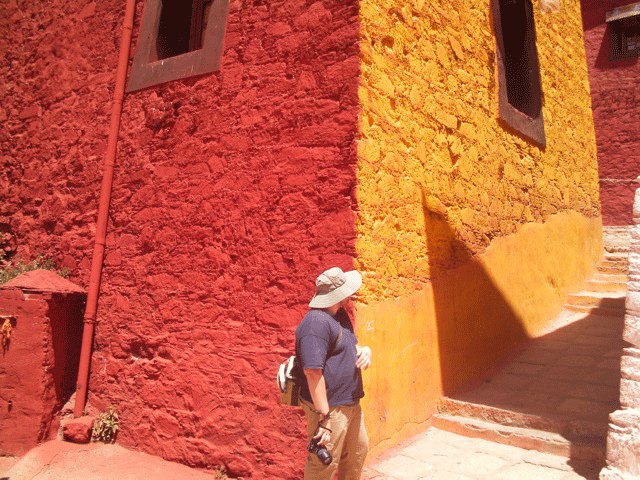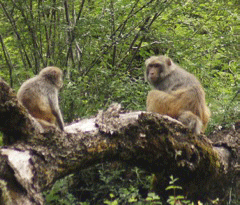Though written by an anonymous Tibetan poet in the 9th Century, these evocative words helped inspire 11 HSU undergraduate students to explore and document the geography of the Tibetan Plateau.
Students will present their work from the the 13th and final annual field trip Wednesday, Nov. 19, from 7 to 9 p.m. in Gist Hall 218, as part of International Education Week.

As part of it global outreach, the HSU Geography Department has offered the China/Tibet Field Studies Program since 2000. Led by Geography instructor Tony Rossi, the program returned to central Tibet and the Lhasa area before venturing eastward along the fringe of the Tibetan Plateau, where we students embarked on an exploration of the Tibetan regions of Amdo and Kham. Throughout the journey of more than 2,000 miles, participants documented critical aspects of the great economic and social transformation now reaching once remote parts of China’s western hinterland.
Until recently, the isolation of the Tibetan Plateau offered a measure of protection for its centuries old culture and rich trove of natural resources. As documented by this summer’s participants, rapid development of road and rail systems are increasingly challenging the unique character of the region. Revisiting the upper reaches of the Yangtze River, once precarious dirt roads have very recently been widened and paved, making the troops of Tibetan Macaque monkeys that were encountered more exposed and threatened.

This year’s travel plan revisited many places explored in the past decade, providing graphic comparisons with what was documented in previous years. Throughout the journey, students explored and documented topics that help define the current physical and cultural landscape of Tibet.
Topics included China’s water resources, the commercialization of Tibetan medicine, the region’s architecture, and Buddhist monasteries. Other studies involved surveys of regional economic development including the extent and impact of modernized transportation systems as well as the growth of tourism in Tibet. Two projects explored different issues dealing with Tibet’s nomadic population and another dealt with a controversial aspect of Tibetan Buddhism.
Throughout the journey, daily encounters with Tibet’s geo-political realities provided students with a first hand appreciation of the country’s inherent complexities and a better understanding of the challenges it faces.
For more information, contact the HSU Geography Department at (707) 826-3946.